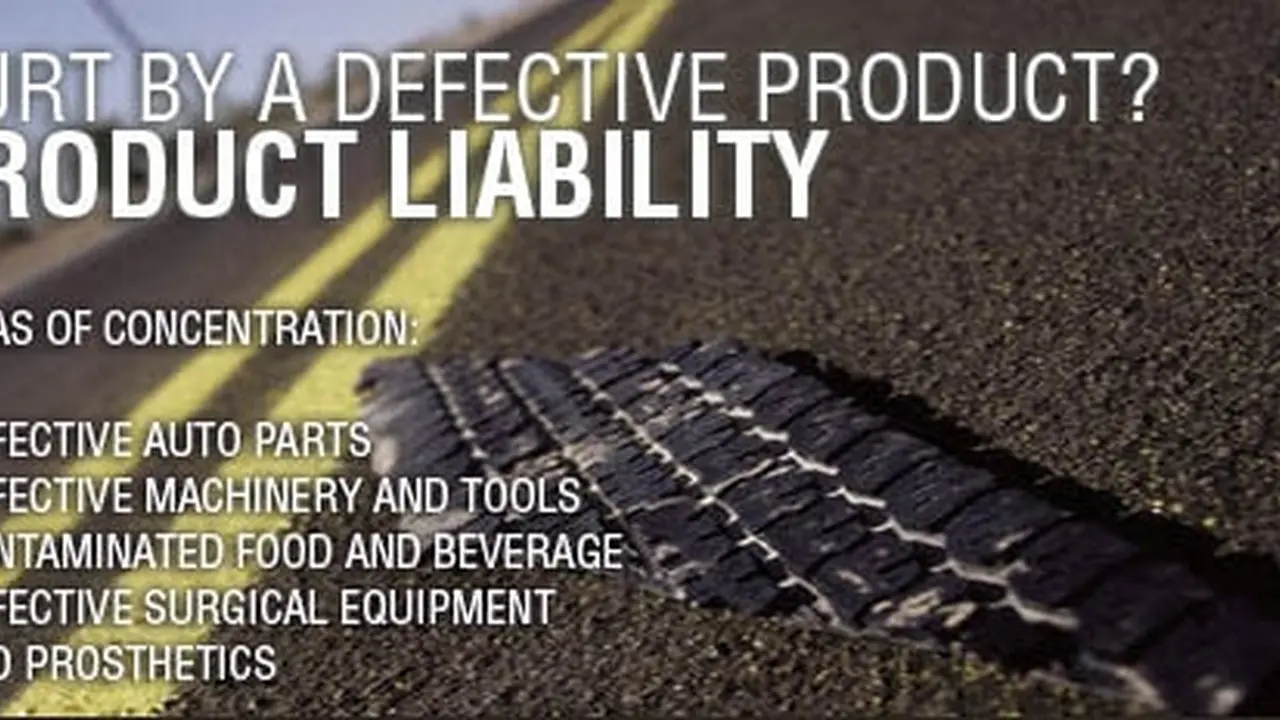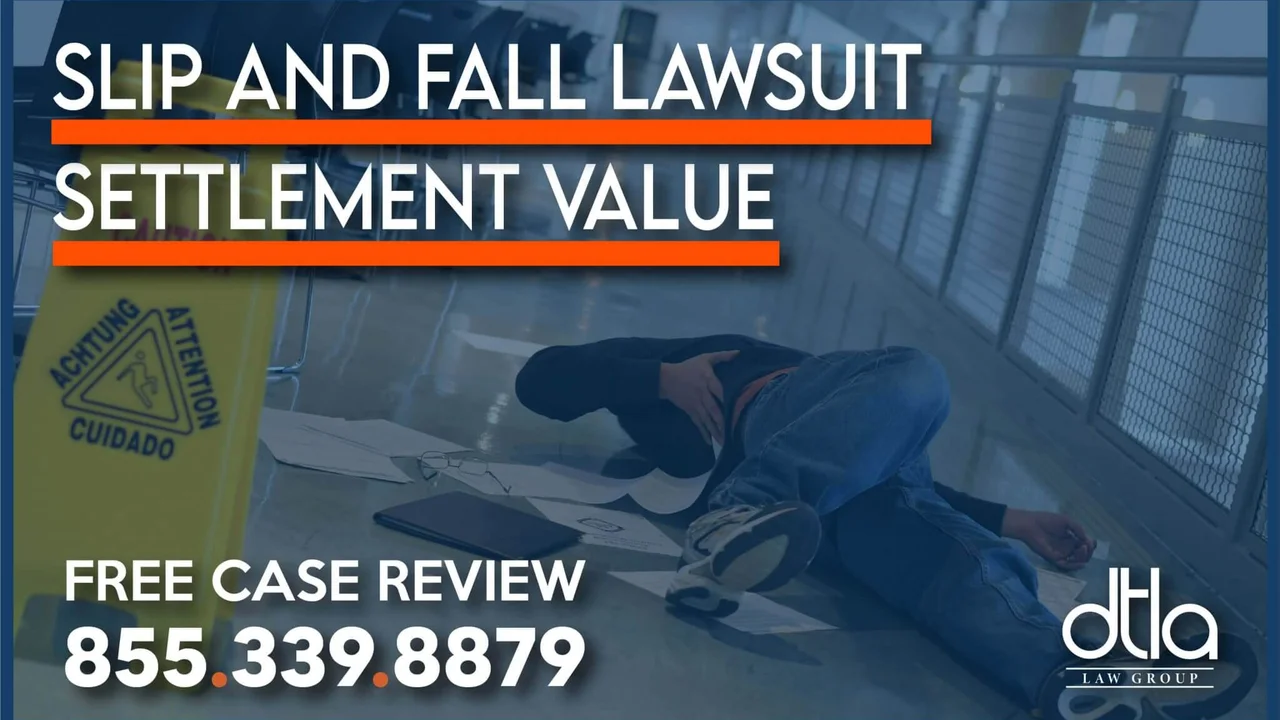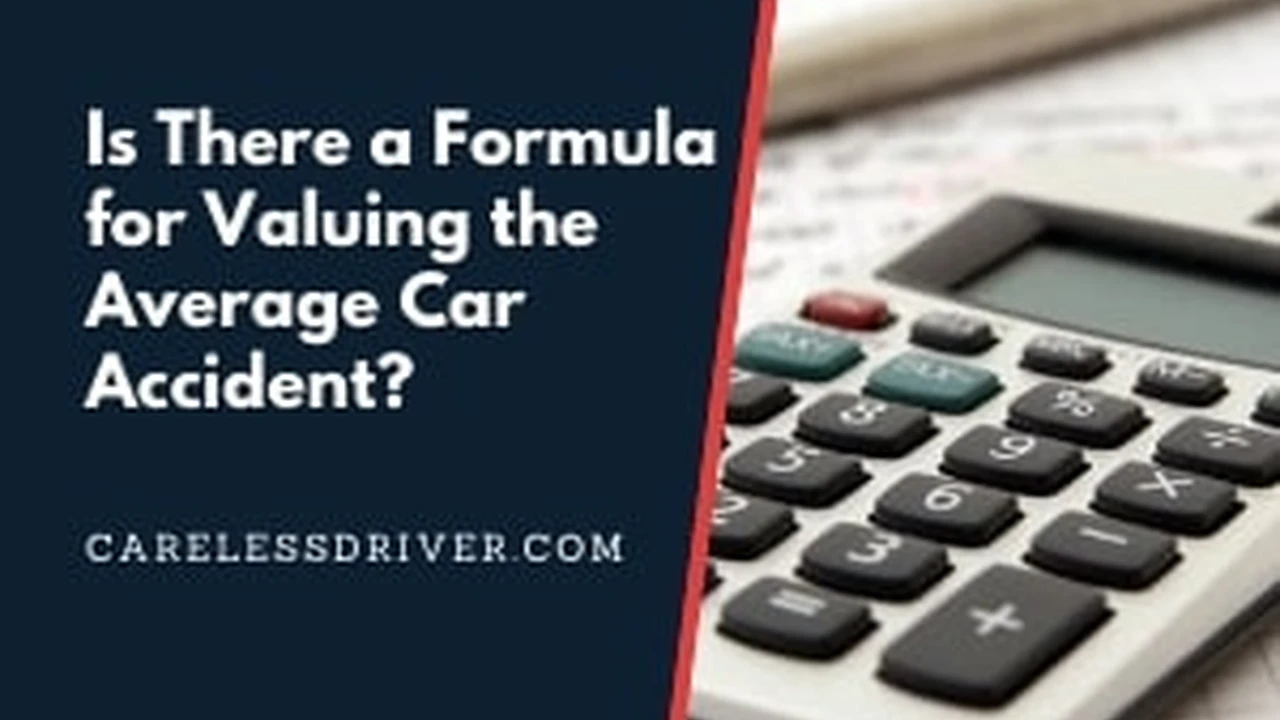Automotive Product Liability Claims
Determining liability for injuries caused by defective automotive parts or vehicles.

Automotive Product Liability Claims Navigating Defective Vehicles and Parts
Hey there! Ever wondered what happens when your car, or one of its parts, fails and causes an accident or injury? It's a pretty serious situation, and that's where automotive product liability claims come into play. This isn't just about a fender bender; it's about holding manufacturers, distributors, and even retailers accountable when their faulty products put you or your loved ones at risk. We're going to dive deep into this topic, covering everything from common defects to how these claims work in the USA versus Southeast Asia, and even recommend some specific products and scenarios to help you understand better. So, buckle up!
Understanding Automotive Product Liability What You Need to Know
First off, what exactly is automotive product liability? Simply put, it's a legal area where manufacturers, distributors, suppliers, retailers, and others who make or sell automotive products are held responsible for injuries caused by those products. Unlike a regular car accident where you might be suing another driver for negligence, here, the focus is on the product itself being defective. This could be anything from a faulty airbag to a tire that blows out prematurely. The core idea is that consumers have a right to expect products they buy to be safe when used as intended.
Types of Automotive Product Defects Design Manufacturing and Warning
When we talk about defects, there are generally three main types we look at in automotive product liability cases:
- Design Defects: This means the product was designed in a way that makes it inherently dangerous, even if it was manufactured perfectly. Think of a car model where the fuel tank is placed in a position that makes it prone to exploding in a rear-end collision, regardless of how well each individual car was built.
- Manufacturing Defects: Here, the design was fine, but something went wrong during the assembly or production process. Maybe a batch of brake pads wasn't properly cured, or a specific airbag wasn't installed correctly on the assembly line. These are often isolated incidents affecting a limited number of products.
- Warning Defects (or Marketing Defects): This occurs when the product lacks adequate warnings or instructions about potential dangers. For example, if a car part requires specific maintenance to prevent failure, but the owner's manual doesn't clearly state this, or if a vehicle has a known rollover risk but lacks proper warnings for drivers.
Each type of defect requires a different approach to prove in court, but all aim to show that the product was unreasonably dangerous.
Common Automotive Parts and Vehicles Involved in Liability Claims
You might be surprised by the sheer variety of automotive components that can lead to product liability claims. It's not just the big stuff; sometimes even a small, seemingly insignificant part can cause catastrophic failure. Let's look at some of the most common culprits:
Tires Tire Blowouts and Tread Separation
Tires are critical for vehicle safety, and defects can be deadly. We've seen numerous cases involving tire blowouts or tread separation due to manufacturing flaws or design issues. Imagine driving at highway speeds and suddenly your tire disintegrates – it's terrifying. For instance, certain brands have faced recalls for specific tire models that were prone to tread separation, leading to loss of control. When choosing tires, always check for recalls and read reviews. Brands like Michelin, Goodyear, and Bridgestone generally have strong reputations, but even they can have isolated defective batches. A good set of all-season tires like the Michelin Defender LTX M/S (around $180-$300 per tire, depending on size) is often recommended for its durability and safety features, but always verify the manufacturing date and batch numbers upon purchase.
Brakes Brake Failure and Malfunctions
Brakes are non-negotiable for safety. Defective brake systems, whether it's the pads, rotors, calipers, or even the ABS system, can lead to severe accidents. A common issue could be brake fade due to poor material quality or a design flaw that causes overheating. If your brakes feel spongy, make unusual noises, or if your car pulls to one side when braking, get them checked immediately. High-performance brake kits from brands like Brembo (can range from $1,000 to $5,000+ for a full kit) are known for their reliability, but even standard OEM parts should meet strict safety standards. Always ensure any replacement parts are from reputable suppliers and installed by certified mechanics.
Airbags Airbag Non-Deployment or Over-Deployment
Airbags are designed to save lives, but defective airbags can cause serious injury or even death. The most infamous example is the Takata airbag recall, where inflators could explode, sending metal shrapnel into the vehicle cabin. This was a massive manufacturing defect affecting millions of vehicles globally. Airbags that fail to deploy in a crash, or deploy with excessive force when they shouldn't, are also grounds for a claim. Always check if your vehicle is part of any airbag recalls. There isn't a specific 'airbag product' you buy separately, but rather the entire system integrated into your car. The key here is ensuring your vehicle's safety systems are up-to-date with any manufacturer recalls.
Seatbelts Seatbelt Failure and Restraint System Issues
Similar to airbags, seatbelts are fundamental safety devices. Defects can include seatbelts that unlatch during a collision, fail to lock, or are designed in a way that causes 'submarining' (where the occupant slides under the lap belt). These failures can lead to severe injuries. Always ensure your seatbelts click securely and are free from fraying or damage. Again, this is an integrated vehicle component, so regular vehicle safety checks are paramount.
Fuel Systems Fuel Leaks and Fire Hazards
Defective fuel systems can lead to leaks, increasing the risk of vehicle fires, especially in a collision. This could be due to a poorly designed fuel tank, faulty fuel lines, or defective fuel pumps. The Ford Pinto case from the 1970s is a classic example of a design defect where the fuel tank's placement made it vulnerable to rupture and fire in rear-end impacts. Modern vehicles have much stricter safety standards, but defects can still occur. If you smell gasoline or see leaks, get your car inspected immediately.
Steering Components Loss of Control and Accidents
A defective steering system can lead to a complete loss of control, making it incredibly dangerous. This could involve faulty power steering components, steering linkages, or even the steering column itself. If your steering feels loose, makes strange noises, or is difficult to control, it's a serious safety concern. For example, some vehicles have faced recalls for power steering fluid leaks or electronic power steering failures. Brands like TRW and ZF are major suppliers of steering components to many car manufacturers, and while generally reliable, specific batches can be defective.
Vehicle Electronics Software Glitches and Malfunctions
With modern cars becoming increasingly computerized, electronic defects are a growing concern. This can range from faulty engine control units (ECUs) affecting acceleration or braking, to glitches in advanced driver-assistance systems (ADAS) like adaptive cruise control or automatic emergency braking. Software bugs can have real-world consequences. For example, some Tesla vehicles have faced scrutiny over Autopilot system malfunctions. While you can't 'buy' these electronic systems separately, staying updated on software recalls and manufacturer advisories for your vehicle is crucial.
Comparing Automotive Product Liability in USA vs Southeast Asia
The legal landscape for automotive product liability can vary significantly between regions. Let's take a quick look at the differences between the USA and Southeast Asian countries.
United States Strong Consumer Protection and Strict Liability
In the USA, product liability law is generally very consumer-friendly. Many states operate under a doctrine of 'strict liability,' meaning you don't necessarily have to prove negligence on the part of the manufacturer. You just need to prove that the product was defective, that the defect caused your injury, and that you were using the product as intended. This makes it easier for injured consumers to seek compensation. There's also a strong emphasis on punitive damages in some cases, designed to punish manufacturers for egregious conduct and deter future wrongdoing. The legal process often involves extensive discovery, expert testimony, and can lead to large settlements or jury awards. Federal agencies like the National Highway Traffic Safety Administration (NHTSA) play a significant role in vehicle safety regulations and recalls.
Southeast Asia Evolving Laws and Varying Enforcement
In Southeast Asian countries, the legal framework for product liability is more diverse and often still evolving. While many countries are moving towards stronger consumer protection, strict liability is not as universally applied as in the USA. You might need to prove negligence, which can be a higher bar. Enforcement can also vary, and the legal process might be less transparent or slower. For example, countries like Singapore and Malaysia have specific consumer protection acts that cover product liability, but the scope and remedies might differ from US law. Thailand also has a Product Liability Act, but proving a defect and causation can still be challenging. Vietnam and Indonesia are also developing their frameworks. Generally, the emphasis might be more on contractual warranties or general tort law rather than specific product liability statutes. This means that pursuing a claim might require a deeper understanding of local laws and potentially a longer, more complex legal battle. It's crucial to consult with local legal experts if you're in Southeast Asia and believe you have a claim.
Steps to Take After an Automotive Product Related Injury
If you or someone you know has been injured due to a defective automotive product, here are some crucial steps to take:
- Seek Medical Attention: Your health is the top priority. Get immediate medical care for your injuries. Keep all medical records and bills.
- Preserve the Product and Vehicle: Do NOT repair or dispose of the defective part or vehicle if possible. This is critical evidence. If the vehicle was totaled, try to ensure it's stored and not scrapped.
- Document Everything: Take photos and videos of the accident scene, your injuries, and the defective product. Get contact information for any witnesses.
- Report the Incident: File a police report if an accident occurred. In the USA, you can also report vehicle defects to the NHTSA.
- Consult a Personal Injury Lawyer: This is perhaps the most important step. An experienced product liability attorney can assess your case, gather evidence, and navigate the complex legal process. They can help you understand your rights and the best course of action, whether you're in the USA or Southeast Asia.
Calculating Your Automotive Product Liability Settlement Value
Determining the value of an automotive product liability claim is complex, as it depends on many factors. A personal injury lawyer will consider:
- Medical Expenses: Past and future medical bills, including rehabilitation, medication, and long-term care.
- Lost Wages: Income lost due to inability to work, and potential future earning capacity loss.
- Pain and Suffering: Compensation for physical pain, emotional distress, and mental anguish.
- Property Damage: Cost to repair or replace your vehicle.
- Loss of Consortium: Damages for the impact on your relationship with your spouse.
- Punitive Damages: In some cases, especially in the USA, these may be awarded to punish the manufacturer for gross negligence.
Each case is unique, and a skilled attorney will work to maximize your compensation.
Why You Need an Automotive Product Liability Lawyer
These cases are rarely straightforward. Manufacturers have deep pockets and formidable legal teams. Trying to go up against them alone is like bringing a knife to a gunfight. A specialized product liability lawyer has the expertise, resources, and network of experts (engineers, accident reconstructionists, medical professionals) to build a strong case. They understand the nuances of product liability law, can identify the specific defect, and know how to negotiate with powerful corporations. Whether you're dealing with a major car manufacturer or a parts supplier, having an experienced legal advocate on your side is absolutely essential to protect your rights and secure the compensation you deserve.
So, if you find yourself in this unfortunate situation, remember that you have rights, and there are legal avenues to pursue justice. Don't hesitate to reach out to a qualified personal injury attorney specializing in product liability. Stay safe out there!
:max_bytes(150000):strip_icc()/277019-baked-pork-chops-with-cream-of-mushroom-soup-DDMFS-beauty-4x3-BG-7505-5762b731cf30447d9cbbbbbf387beafa.jpg)






